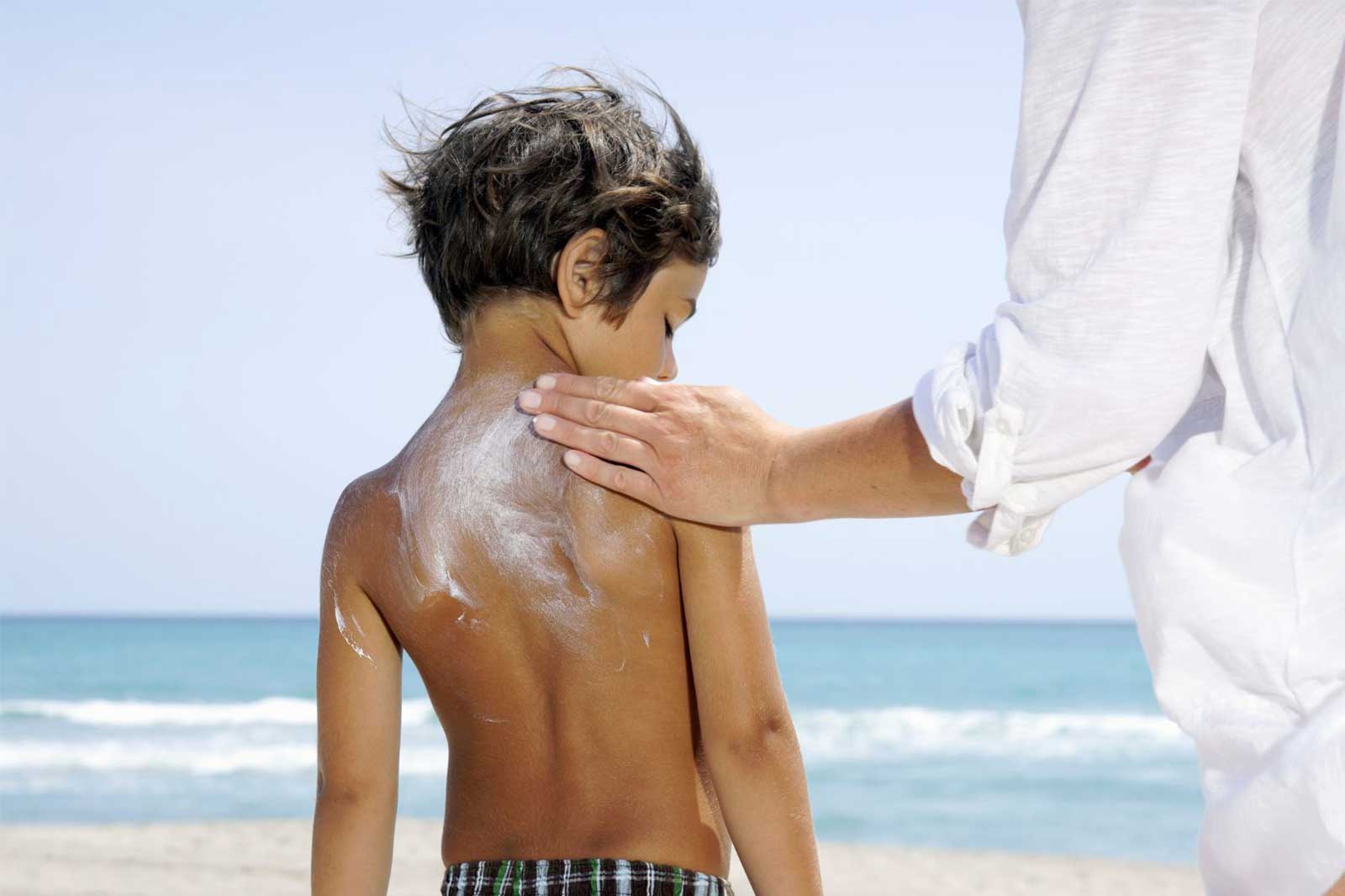The Doctor’s Guide to Preventing Heat Stroke and Heat Exhaustion
Florida’s summer heat can be more than just uncomfortable; it can also pose serious health risks like heat stroke and heat exhaustion. These conditions are preventable, and understanding how to protect yourself is essential. Here’s a comprehensive guide from a primary care doctor on how to stay safe.

Signs of Heat Exhaustion
Identifying the signs of heat exhaustion or heat stroke, especially in Florida’s intense heat, is imperative for timely intervention and prevention of serious health issues. Heat exhaustion is often signaled by symptoms such as heavy sweating, weakness, dizziness, nausea, headache, and moist skin that may be cool to the touch. The person might look pale or flushed and could experience muscle cramps. It’s crucial to address these symptoms immediately by seeking a cooler environment, hydrating with water, and resting.
Symptoms of Heatstroke
Heat stroke, however, represents a more severe and immediate medical emergency. The indicators include a high body temperature (103°F or higher), absence of sweating with hot, red, or flushed dry skin, rapid pulse, difficulty breathing, strange behavior, hallucinations, confusion, agitation, seizure, and possibly coma. In cases of heat exhaustion and heatstroke, it is vital to call emergency services right away while trying to lower the affected person’s body temperature with cool cloths or a cool bath, if possible, until help arrives. Recognizing these signs and reacting quickly can be life-saving during the sweltering Florida hot weather.
Tips To Preventing Heat Stroke and Heat Exhaustion
Consider incorporating these valuable tips into your daily routine to prevent heatstroke, especially in Florida where temperatures frequently soar into the 90s. With the state’s extreme heat and humidity, staying safe and cool becomes crucial for everyone living or visiting.

Drink Water to Help avoid Heat Stroke
Stay Hydrated: This cannot be overstressed. It is one of our most important tips in preventing heat stroke and heat exhaustion. In the sweltering Florida heat, your body loses water and essential salts through sweat. Drinking plenty of water throughout the day is crucial. Don’t wait until you’re thirsty to drink, as thirst is a late sign of dehydration.
Clothing Choice Matters
Wear Appropriate Clothing: Choose lightweight, light-colored, and loose-fitting clothing to help keep your body cool. Darker colors absorb more heat, and tight clothes restrict the body’s ability to cool down. Baseball caps or wearing a wide-brimmed hat can help prevent heat exhaustion.
Proper Use of Sunscreen Can Reduce Risk of Heat Illness
Use Sunscreen: Sunburn affects your body’s ability to cool down and can make you dehydrated. Use a broad-spectrum sunscreen with an SPF of at least 30 to all exposed skin, and reapply every two hours, or more often if you’re swimming or sweating. Make sure to apply sunscreen to children or older adults who cannot do it for themselves. Remember a wide-brimmed hat and sunglasses can add extra protection and help your body stay cool.

Exercise At The Correct Time Of Day
Limit Outdoor Activities: Try to schedule workouts and outdoor activities during cooler parts of the day, such as early morning or late evening. Avoid strenuous activities during the peak heat hours, usually from 10 a.m. to 4 p.m. It’s best to avoid the hottest parts of the day.
Use Air-Conditioning When You Can
Take Frequent Breaks: If you must be outdoors, take frequent breaks in shaded or air-conditioned areas to allow your body to cool down. It’s important to use air conditioning especially for those susceptible to heat-related problems.
Avoid Sitting In A Parked Car With Air Conditioning Turned Off
Every year, we hear heart-wrenching stories about individuals, especially young children, who suffer from heatstroke after being left in a parked car. The mechanism behind heatstroke in parked cars is both simple and deadly, unfolding rapidly under the sun’s merciless rays.

When a car is parked in direct sunlight, it acts much like a greenhouse. The sun’s rays penetrate the car’s windows, warming the interior surfaces. These surfaces, in turn, emit heat, but the car’s enclosed space traps the warmth, drastically increasing the interior temperature. Unlike greenhouses designed for plant growth, the rapid temperature increase inside a car can prove fatal to humans or animals.
On a day when the outside temperature is just 70 degrees Fahrenheit, the temperature inside a parked car can soar to over 116 degrees in just one hour. This rapid rise becomes more severe on hotter days and Florida summer temperatures can rise well above 90 degrees Fahrenheit.
Human bodies, especially those of children, are highly sensitive to such extreme conditions. When the body’s temperature regulation system is overwhelmed, it leads to heatstroke, a condition where the body’s temperature soars to dangerous levels.
If you must sit in a parked car, make sure the windows are cracked and limit time spent in there to a few minutes. Never leave a child or animal in a hot car unattended. Lock doors when not in use to prevent a child from getting inside. Remember, the temperature in a car can rise 20 degrees in minutes if it’s parked outside in warm or hot weather.
Understand the Symptoms of Heat Exhaustion
Know the Signs: Recognizing the symptoms of heat exhaustion and heat stroke is critical. Symptoms of heat exhaustion include heavy sweating, weakness, cold, pale and clammy skin, fainting, and vomiting. Heat stroke symptoms include high body temperature (103°F or higher), hot, red, dry, or moist skin, rapid and strong pulse, and possible unconsciousness. Heat stroke is a medical emergency; call 911 immediately.
Stay Informed: Pay attention to local weather forecasts and heat advisories. Being aware of the heat index, which measures how hot it really feels when humidity is factored in with the air temperature, can help you plan activities safely.
Acclimate to the Heat: Allow your body to gradually acclimate to the heat over several days. This helps increase your tolerance to higher temperatures and reduces the risk of heat-related illness.
Eat Light: Heavy meals can increase your body temperature. Opt for lighter meals that don’t require your body to work as hard to digest.
Implementing these precautions can help you enjoy your summer safely, even in Florida’s intense heat. Always listen to your body; if you start to feel any heat-related symptoms, stop your activity immediately, move to a cooler place, and hydrate. Remember, prevention is the best medicine, especially when it comes to dealing with Florida’s summer heat.

Tips To Prevent Heat Exhaustion or Heat Stroke
Safeguarding yourself against the dangers of heat stroke and heat exhaustion, particularly in Florida’s scorching summers, demands vigilance and proactive measures.
Familiarizing oneself with the symptoms of these conditions, such as heavy sweating, weakness, and nausea for heat exhaustion, or high body temperature and confusion for heat stroke, is paramount for swift intervention. Adhering to preventative strategies like staying hydrated, wearing suitable clothing, and avoiding prolonged exposure to the sun during peak hours can significantly reduce the risk of heat-related illnesses.
Additionally, being mindful of the dangers of leaving individuals or pets in parked cars during hot weather is essential for ensuring everyone’s safety. By staying informed, acclimating gradually to the heat, and prioritizing self-care, you can enjoy the summer season in Florida while safeguarding your health and well-being.
Remember, in the face of rising temperatures, prevention remains the cornerstone of staying safe amidst the summer heat.
